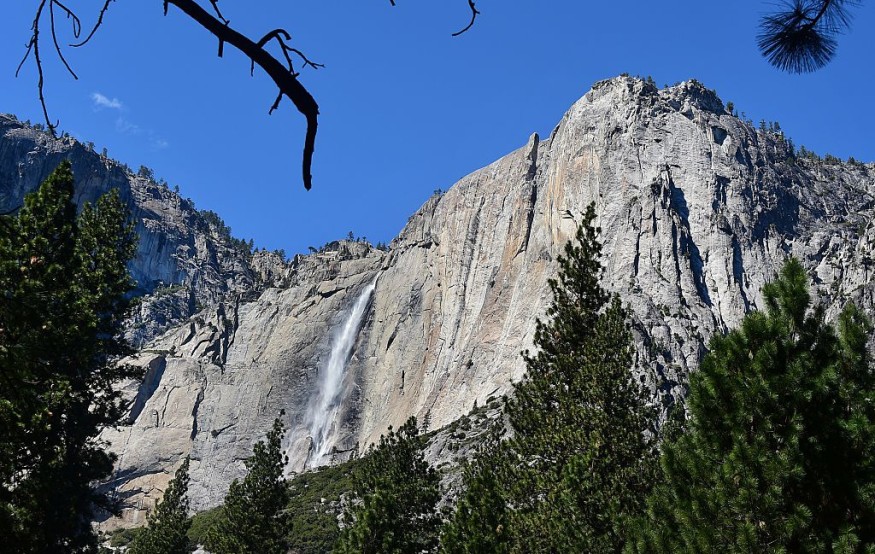According to a recent investigation issued in the journal Nature Reviews: Earth and Environment, an incident of low-to-no-snow winter weather could probably become a frequent phenomenon in the continental of United States for the upcoming 35 year up to 60 years.
This is due to the global warming as experts and investigators believes. This diminishing snowfall will have severe consequences for groundwater sources that will basically end up hurting the economic growth of the state as well as the and agribusiness.
Low-To-No-Snow Winter in Western US

Mountain freeze thaw cycles are shrinking as a result of climate change and may eventually fade away. Sierra Nevada, the Rockies, and the Cascades which are high mountains in the western United States, play a very important role in catching, conserving, and distributing freshwater for downstream usage.
The phenomenon of melting snow scheduling has traditionally caused a crucial backlog in the supply of water resources throughout the time of spring and early summer.
This happens when the amount of rainfall is limited and freshwater resources are primarily attributable to agribusiness. These patterns will shift dramatically when snowpacks diminish.
Being the principal investigator, Lawrence Berkeley National Laboratory together with several experts in the field discovered that there have already been a 21% downturn in spring snowmelt storing water in the western United States ever since the year 1950s.
And a roughly equivalent decrease could have been anticipated by the mid-twentieth century by analyzing hundreds of academic papers on snow lost opportunity. Assuming that the greenhouse gas emissions are not drastically reduced, researchers expects that the second part of the century may see much more severe snowfall.
"Through all of the middle section and end of the 21st era, a growing portion of the western United States will be afflicted by snow water comparable shortages relative to the historical moment."
About only 8% up to 14% of years from year 1950 towards year 2000 were classed as having little to no snow, contrasted to 78$ to 94% from the year 2050 until the year 2099.
"A rapid transformation happens in all geographies in the mid up to the late twenty-first century," the study's authors projected.
Loss of Mountain Snowpacks Caused By Climate Change?
The consequences of a low-to-no-snow scenario may possibly go further than reduced river discharge.
"A low-to-no-snow forecast has significant ramifications for where and when groundwater is sequestered in the western United States," said Erica Siirila-Woodburn, the co-author and also a Berkeley Lab research scientist
"Aside from those in the immediate consequences on recreational and such like, there are so many indirect effects of the phenomenon on nature and controlled resources from a hydrologic standpoint." That is why it might be everything from greater conflagration incidence to alterations in surface and groundwater flows, as well as modifications in plant species and volume."
For the researchers and investigators, they certainly stand that in order to counteract the unfavorable consequences of snowpack disappearance, immediate climate change mitigation and adaptation methods are required, such as subterranean storage of extra surface and groundwater for later use or using meteorological and hydrological projections to influence choices about keeping or distributing groundwater from dams.
© 2025 NatureWorldNews.com All rights reserved. Do not reproduce without permission.





